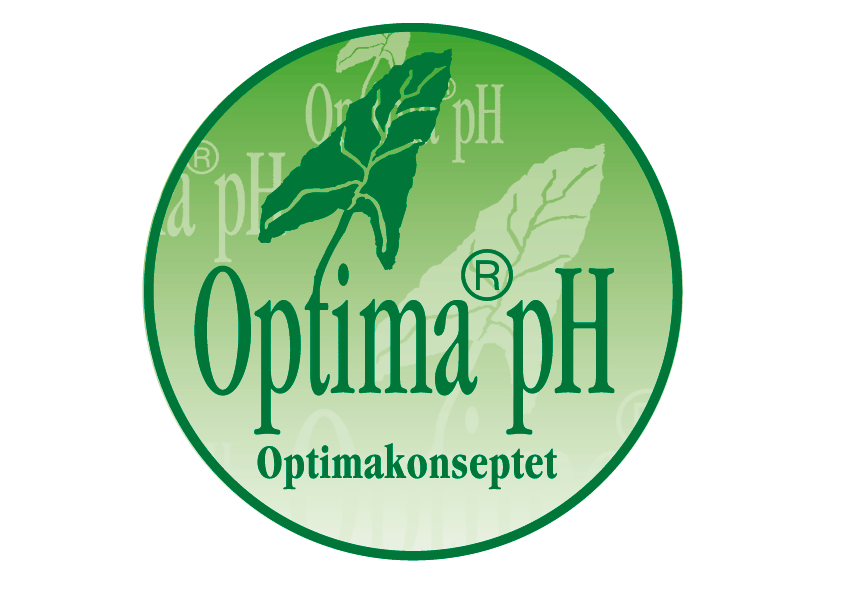Sickle-Cell Leg Ulcers
Abreviations:
SCD: Sickle-cell disease
SCLU: Sickle- Cell Leg Ulcer
Sickle-cell disease (SCD) is the most prevalent genetic disease in the African Region. Despite its severe impact on children, it is still a neglected disease. Sickle cell disease is a genetic disorder that usually manifests during childhood and is characterized by anemia ( lack of healthy red blood cells), repeated infections, and episodes of pain. The defective hemoglobin molecules cause sickling (crescent shape) or clumping of red blood cells, resulting in vaso-occlusion, ischemia, inflammation, organ damage, and hemolytic anemia. SCD affects multiple organ systems, and there is no cure for SCD. At the end of this chapter, we have written a paragraph on the clinical presentation of sickle cell disease in general.

Figure 1 Illustration shows some differences between a normal red blood cell and blood cells affected by the sickle-cell disease. It is not only the shape of the cells that are different but also, the hemoglobin within the cell that is altered. The sickle-shaped blood cells can easily block the blood flow of especially smaller blood vessels. Copyright: designua/Shutterstock
Leg ulcerations are not an uncommon clinical manifestation of sickle cell disease. They are most common in sickle cell anemia and less often seen in other forms of hemoglobinpathies. Ulcers in patients with SCD are considered a marker of disease severity. If you work in an area of the world where SCD is common you must have a high rate of suspicion when you see a patient with a new ulcer – can this be a SCLU? Often the patient may not be aware that they have SCD. If you have a patient with a leg ulcer and you do not have any other good explanation for the etiology of the ulcer- get the patient checked for SCD!
Sickle-cell leg ulcers (SCLUs) tend to heal very slowly and are often difficult to treat. They are often painful and have a significant impact on quality of life. Furthermorem SCLUs have a high recurrence rate with some studies quoting the recurrence at 80% - 97% 2 years after wound closure ( 2/3 El Khatib)

Figure 2 A map showing the distribution of the prevalence of both Sickle-Cell Disease and b-Thalassemia ( which is a related hemoglobin disorder). Copyright: https://caringcross.org/scd-bt-cure-project/ ( adapted from Williams and Weatherall, 2012)
























